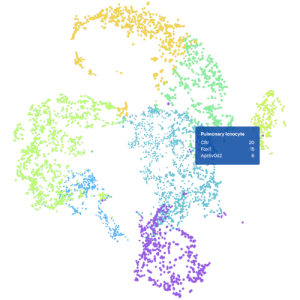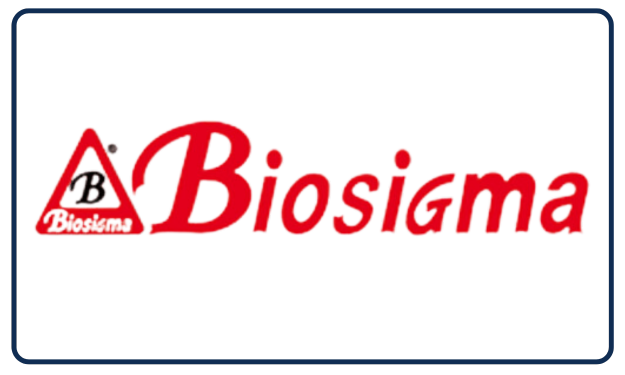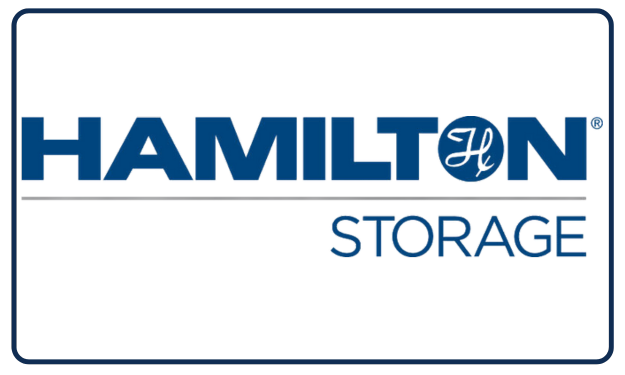Flexible rules, untapped potential for single cell RNA-seq
Chromium Single Cell Gene Expression Flex changes what’s possible for single cell studies, allowing you to uncover critical cellular insights from fresh, frozen, and fixed samples—even FFPE. Put research on your terms, with advanced chemistry that reduces your spend while providing the ultimate workflow flexibility, letting you fix, batch, and run samples on your own schedule.
What you can do
- Simplify sample logistics and set your own schedule: Sample fixation and storage allow for optimized and flexible sample batching while reducing variability and maintaining data quality.
- Obtain high-quality data from challenging samples, even FFPE: Innovative probe design enables sensitive, robust performance, even from whole tissue, FFPE samples, and samples with fragmented RNA.
- Bring cost-effective scRNA-seq to more samples: Increase the scope of single cell studies with reduced per-sample costs that make larger-scale experiments accessible.
- Conduct multi-site experiments with ease: A reliable protocol preserves the biology of your precious samples, enabling research on a global scale.
- Capture the data that fits your research needs: Assay flexibility lets you capture protein alongside gene expression, or target specific RNAs with user-designed probe pairs to supplement the whole transcriptome panel.
Workflow
Scroll to see the base workflow for Single Cell Gene Expression Flex. Options are included for sample multiplexing to increase throughput, or for use of Feature Barcode technology for cell surface protein detection in singleplex or multiplex workflows.
Collect your samples
Start with fresh, frozen, or fixed cells, nuclei, or whole tissue. For fresh samples, follow best practices for sample preparation to obtain a high-quality single cell suspension (or skip to Step 2 to fix tissue). If desired, stain whole cells with Feature Barcode technology to profile cell surface proteins simultaneously with gene expression.
Fix and permeabilize samples
Follow our straightforward protocol to fix samples in paraformaldehyde (PFA), locking in biological states and preserving fragile cells. At this point, samples can be safely transported or stored at –80°C until you’re ready to work with them.
Construct your 10x library
Hybridize the probe set to your fixed samples, then partition individual cells on the Chromium iX or X instrument. After ligation and extension reactions, construct a 10x barcoded library. Within each nanoliter-scale partition, cells undergo RNA-templated ligation such that each resulting product shares a 10x Barcode from its individual cell of origin. For multiplexing workflows to increase throughput, hybridize your samples to probe sets, pool samples together, and proceed as usual—with up to 16 samples in a single lane of a Chromium chip. In this case, another unique barcode attached to each set of probes allows you to assign each individual molecule back to the sample it came from.
Sequence
Resulting 10x barcoded libraries are compatible with standard NGS short-read sequencing on Illumina sequencers for massive transcriptional profiling of hundreds of thousands of individual cells at once.
Analyze and visualize your data
Use our Cell Ranger analysis software to generate expression profiles for each cell, identify clusters of cells with similar profiles, and aggregate data from multiple samples. Interactively explore the results with our Loupe Browser visualization software.
















